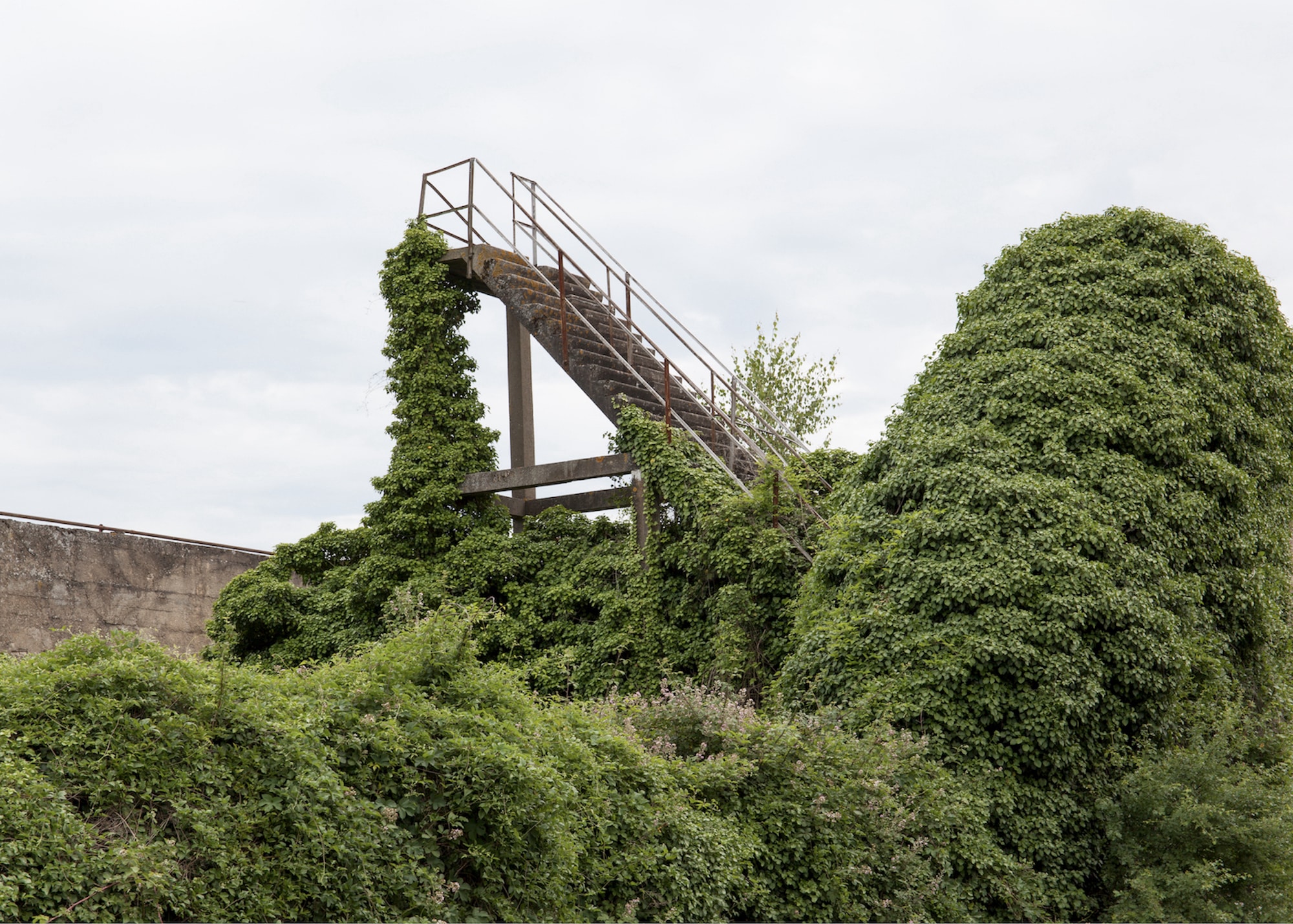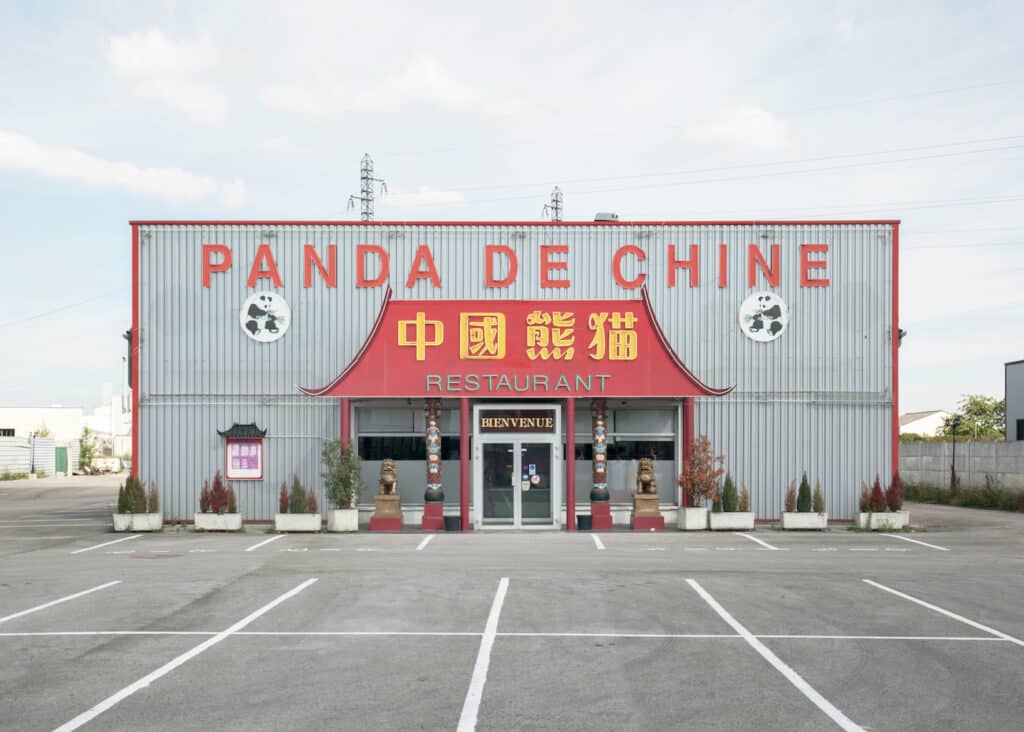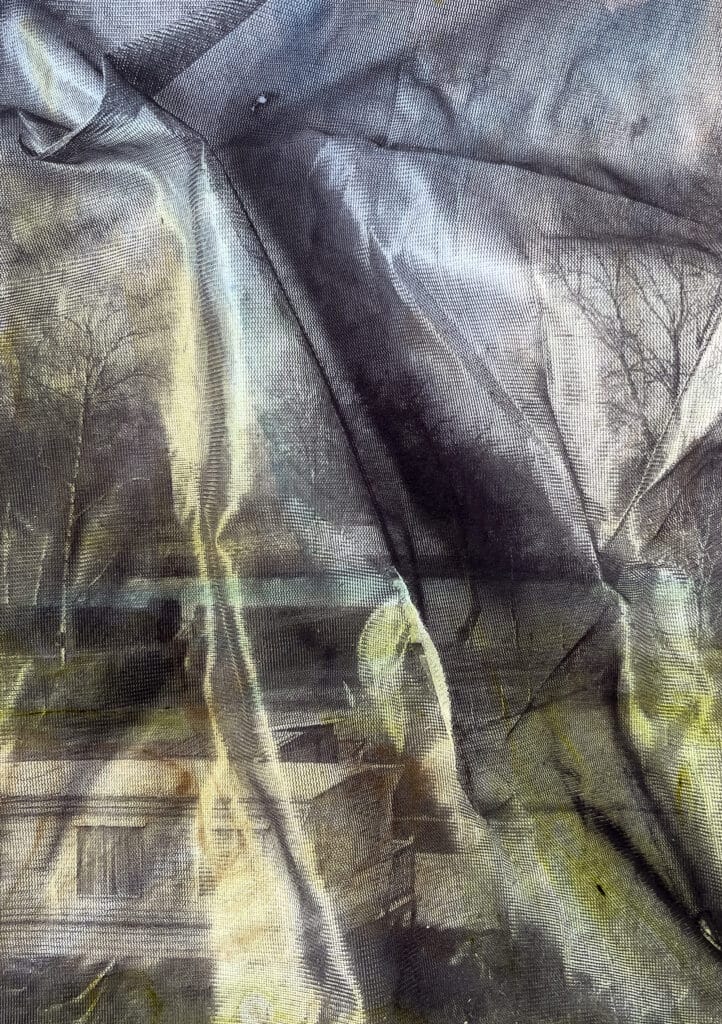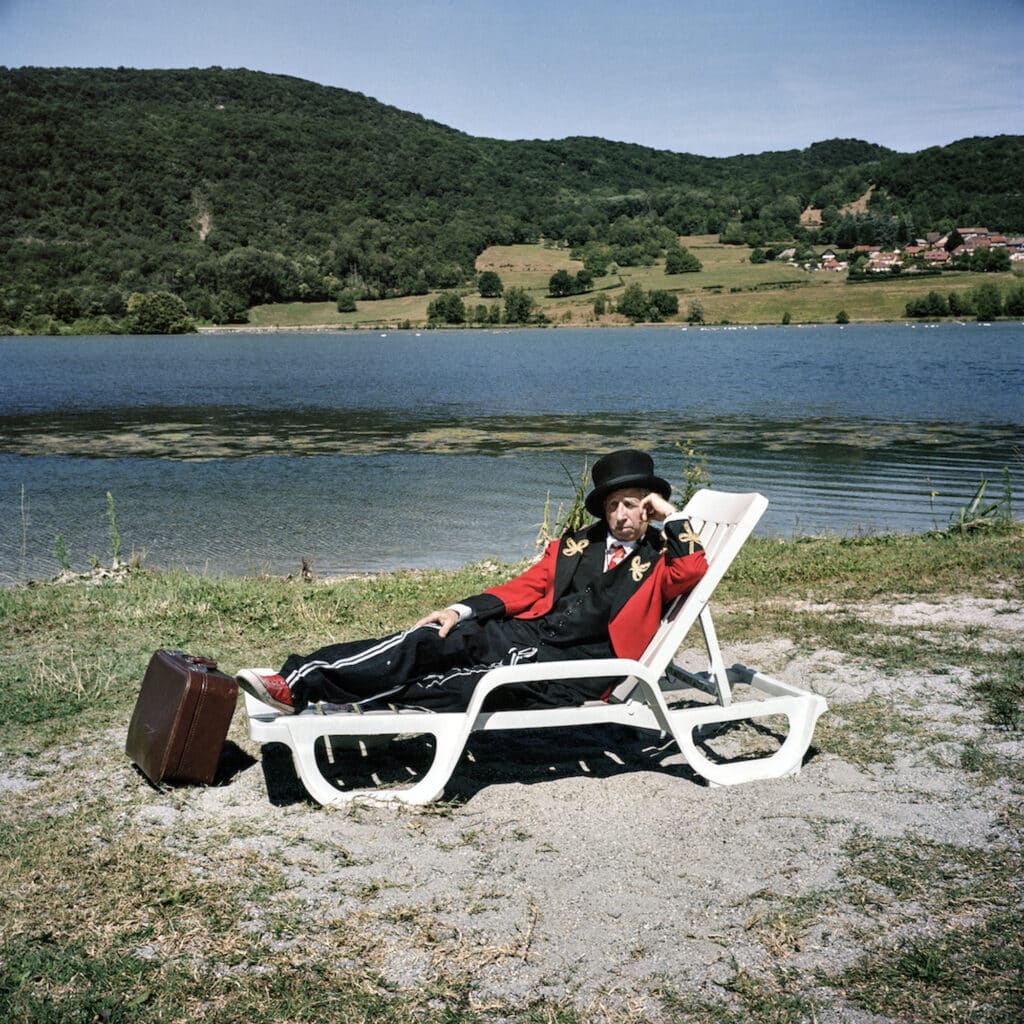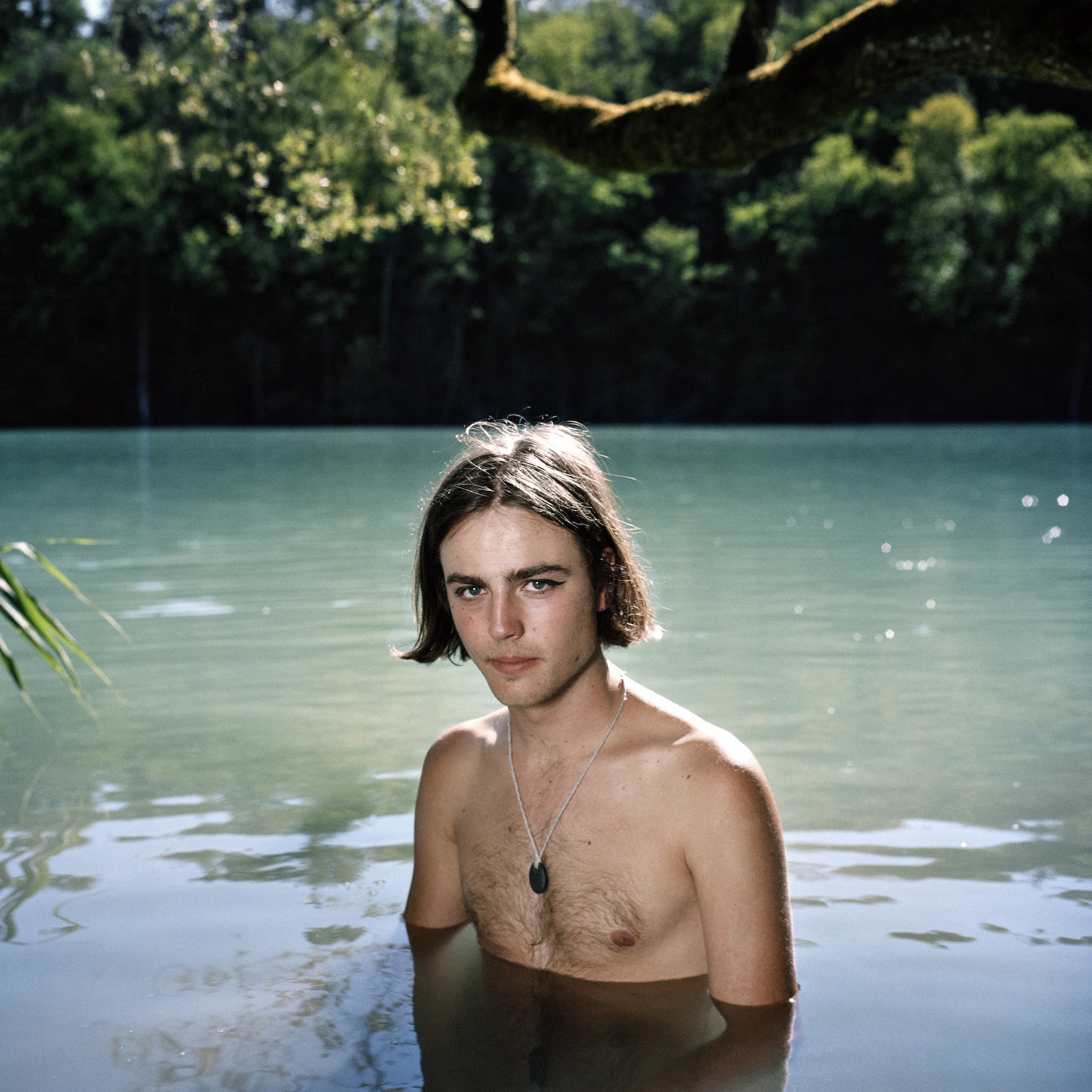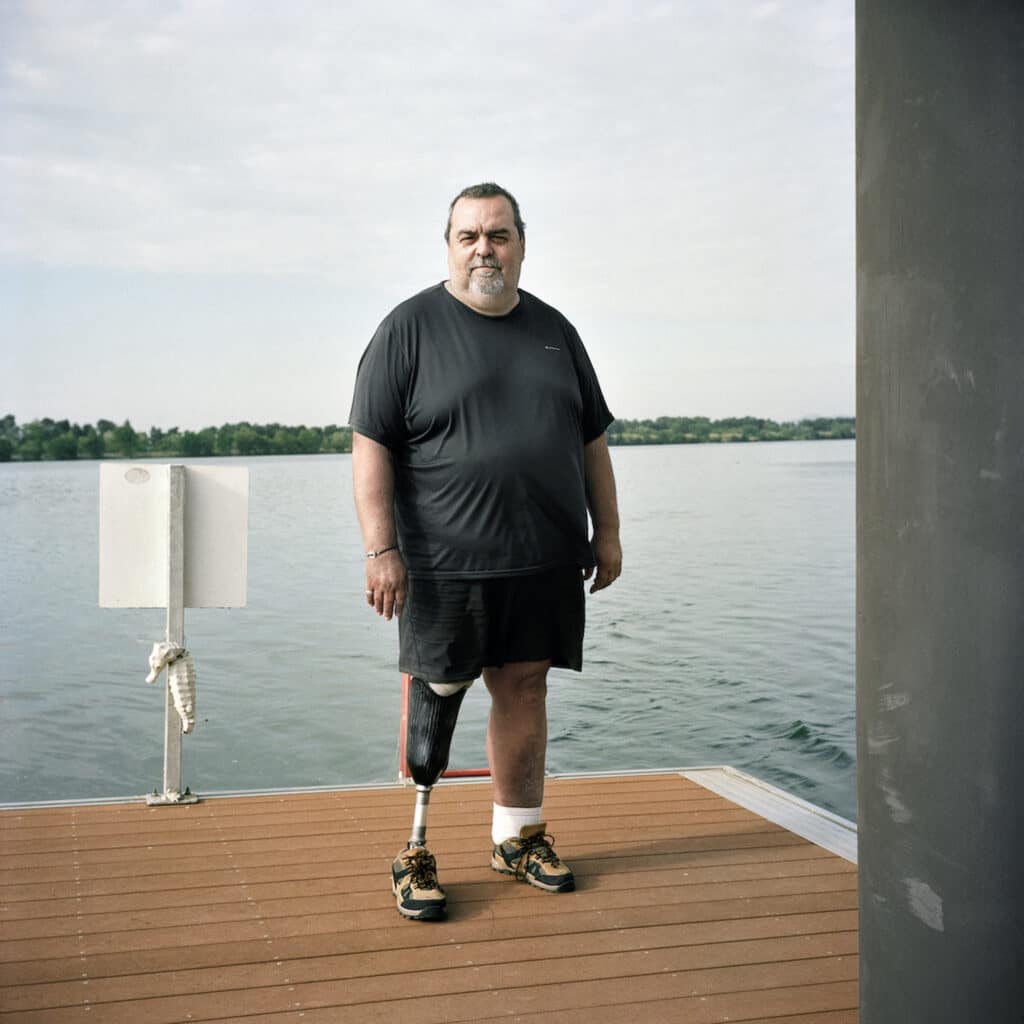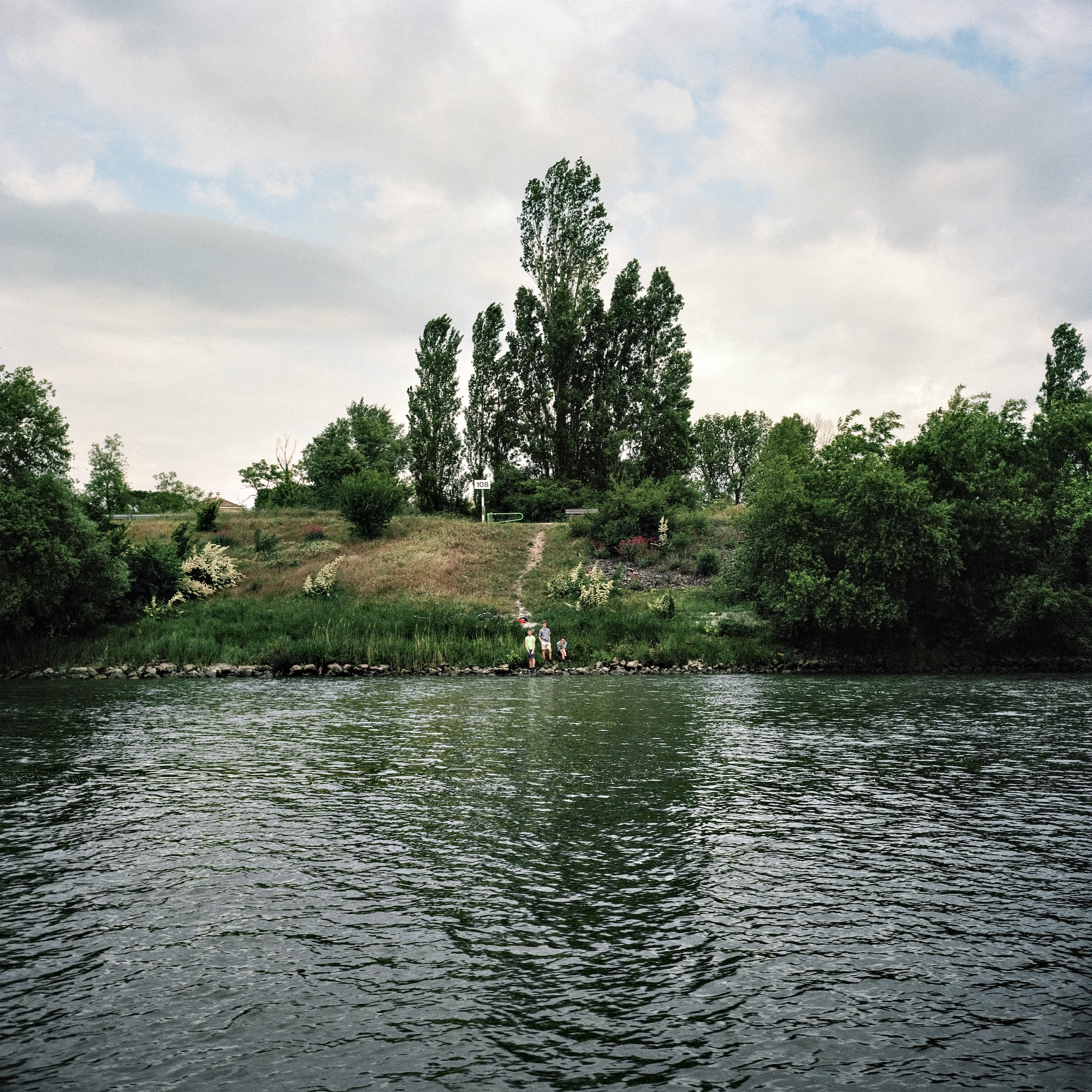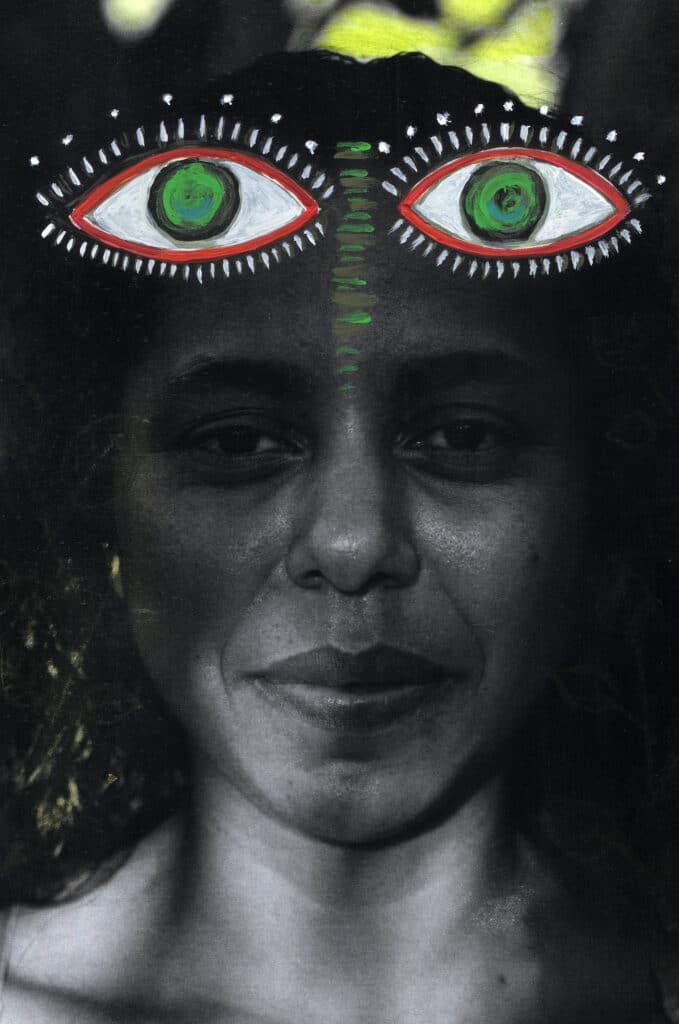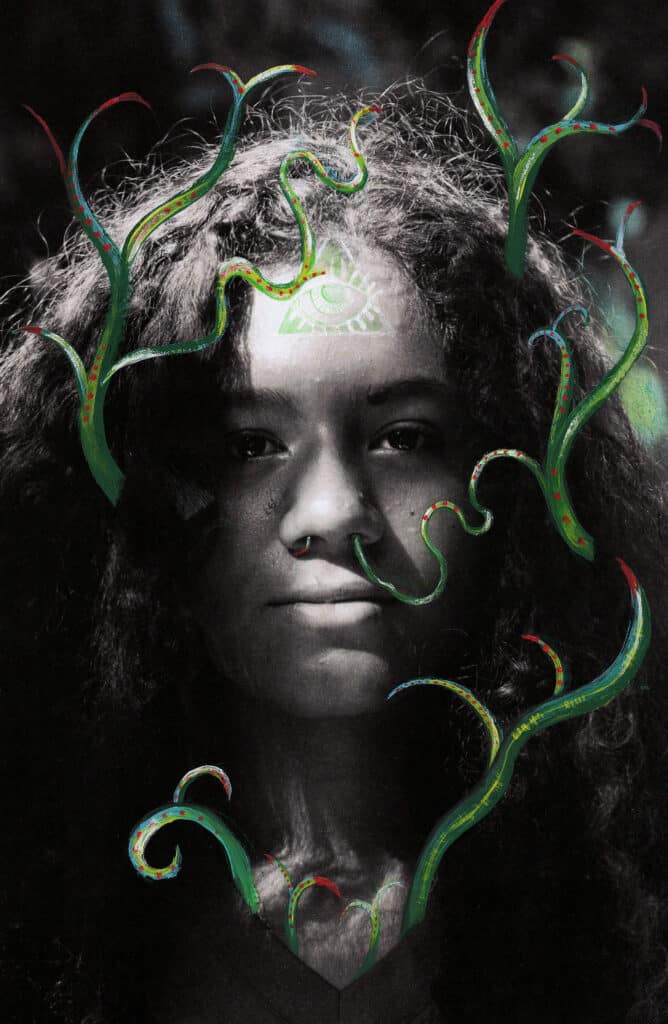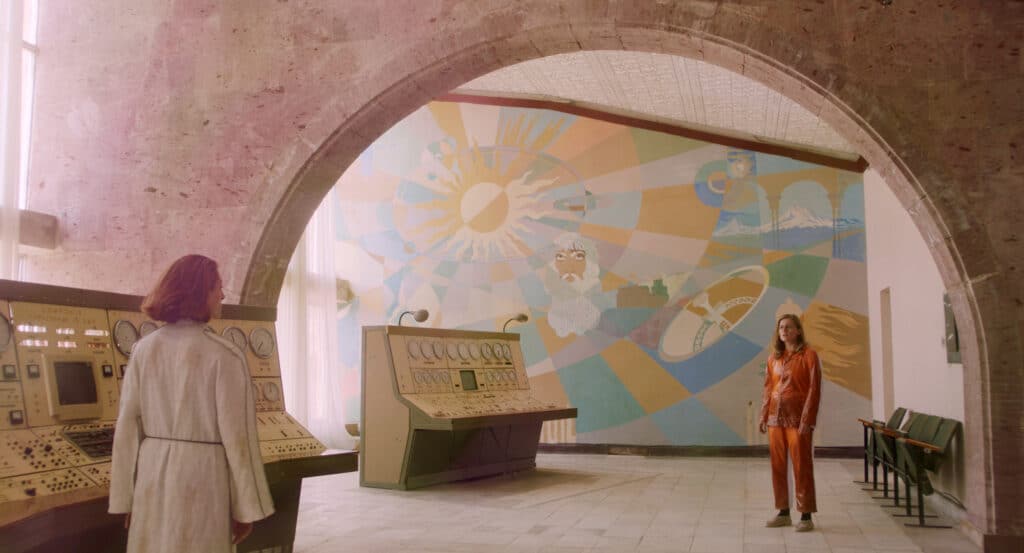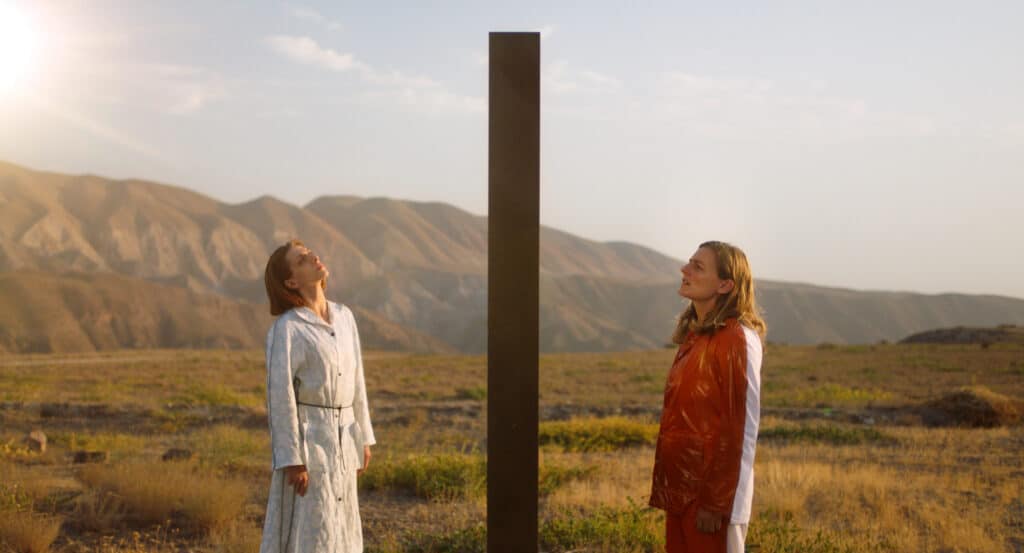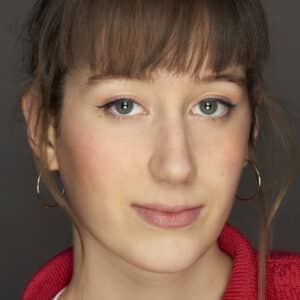With 243 days of drought forecast for 2050, Arles will rank among the driest towns in France over the coming decades. This situation testifies to the state of the climate and the upheavals to come. In an era of pandemics, climate disruption, and economic collapses, this 54th edition of the festival aims to be “supportive, committed and responsible,” in the words of festival director Christophe Wiesner. With a dozen exhibitions and installations dedicated to the territory, the Geographies of the Gaze section places ecology centerstage.
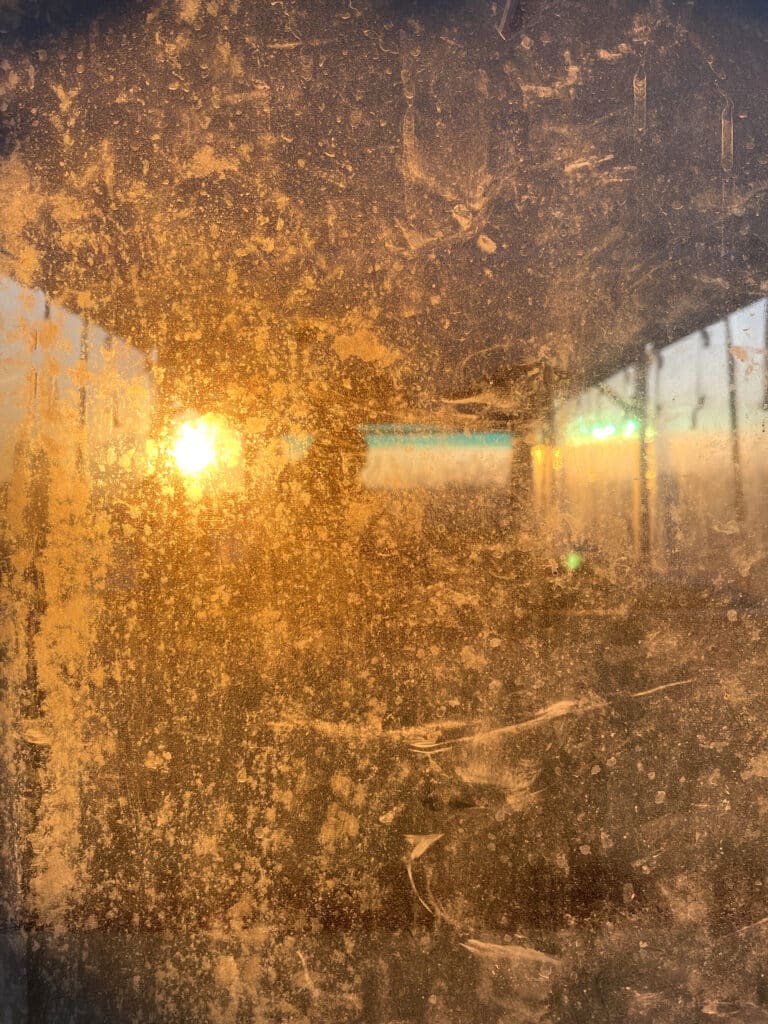
A strong regional base
Documentary photography is at the forefront of the environmental discourse. Here Near showcases the impact humans have on the territory they occupy. Mathieu Asselin investigates the Fibre Excellence factory, located just ten kilometers outside Arles and threatening the local air, soil, and water. Asselin’s series straddles art photography and investigative reportage, combining archival images and video. A participant in the Rencontres in 2017, the photographer presented Monsanto: A Photographic Investigation, a project highlighting the harmful effects of the Monsanto laboratory on the local communities and the environment.
While Asselin questions corporate responsibility, Sheng-Wen Lo looks at our everyday practices. His series Attention illustrates the rising mortality of local fauna due to the speed of traffic through wetland areas. Also working in the Arles region, Tanja Engelberts traveled upstream along the banks of the Rhône, looking at the river’s transformation in the face of industrialization. The three projects on show at the supermarket Monoprix reveal an Arles far removed from festive exhibition openings and cocktail parties.
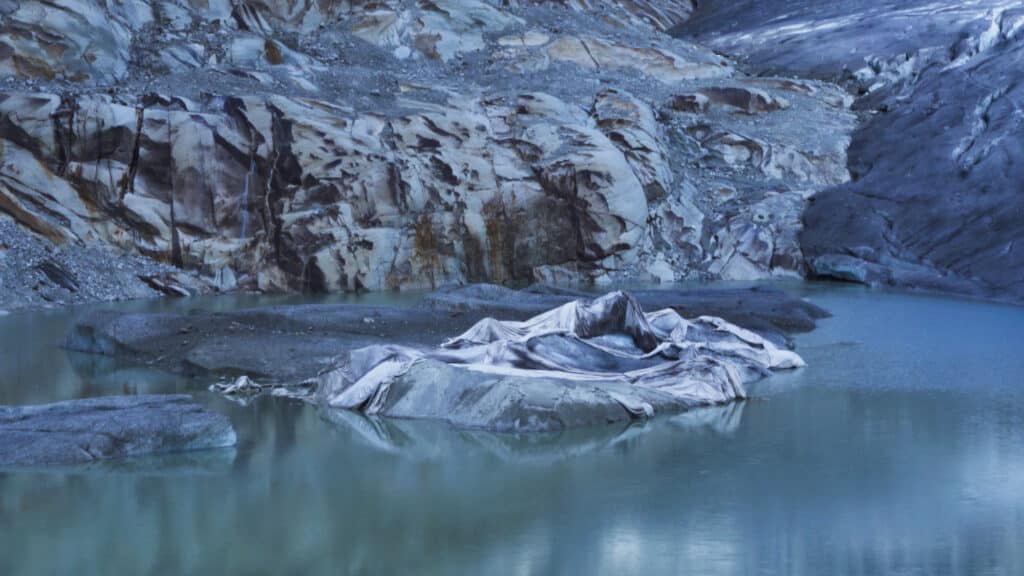
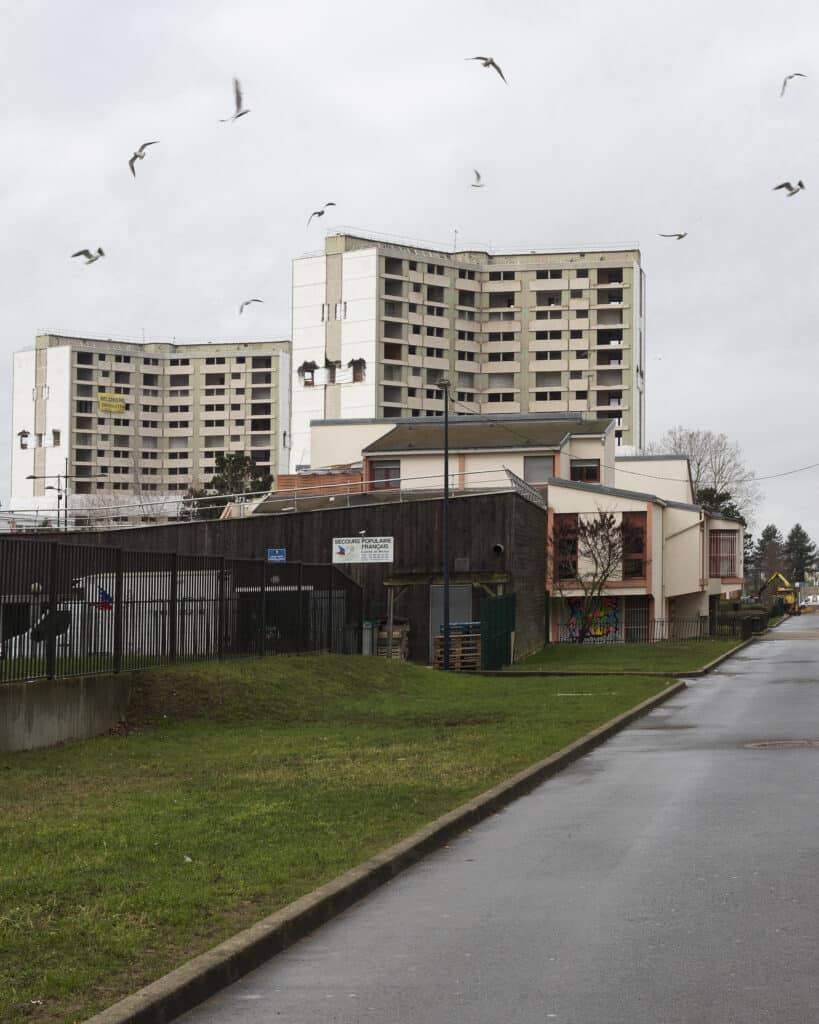
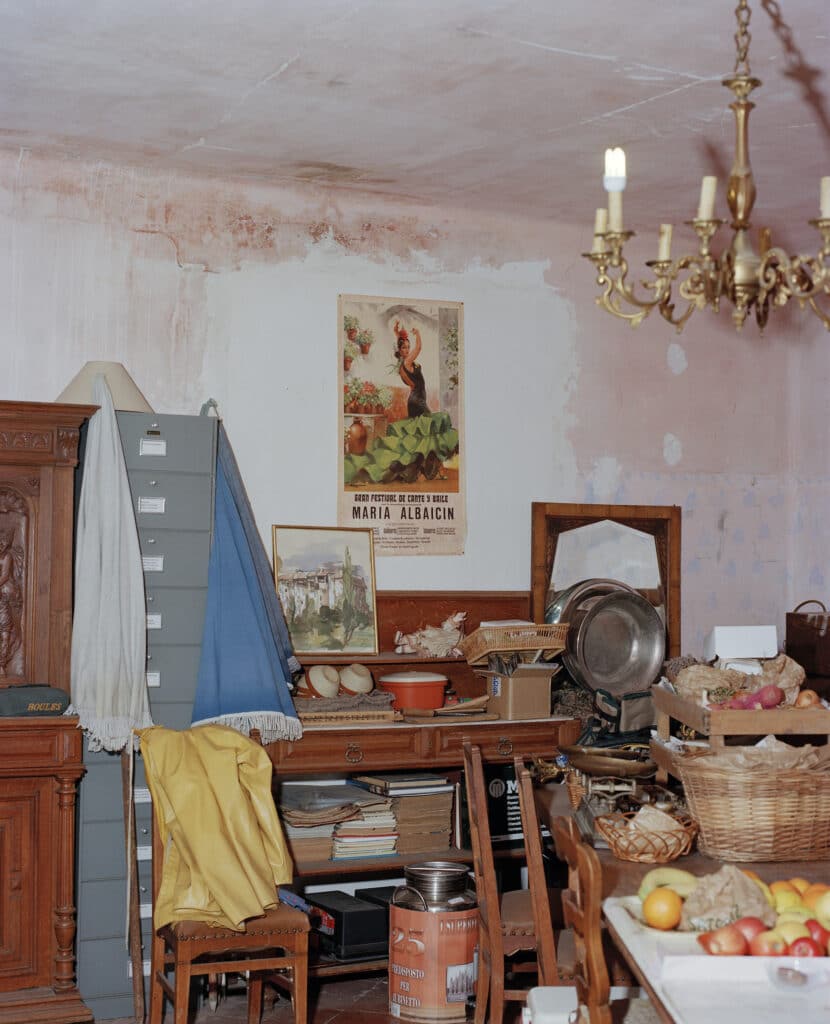
Iris Millot, Raphaël Lods, and Jingyu Cao, students at the École Nationale Supérieure de la Photographie, present three different visions. In An Unusual Attention, each student develops his or her own problematic, be it the impact of technology, architecture, or people’s personal stories and their environment. After all, the space we occupy always says something about us. This is an issue tackled in Eric Tabuchi and Nelly Monnier’s Atlas des Régions Naturelles. Whether an abandoned, overgrown staircase or a Chinese restaurant that looks like a reappropriated warehouse, every place bears witness to our lifestyle and identity. Going against the grain of a globalized image, Soleil Gris [Grey Sun] brings to life everyday ordinary France.
Next, we head for the Camargue, a wetland in southeastern France, famous for its white horses, and an experimental photographer’s paradise. In Insolare, artist duo Eva Nielsen and Marianne Derrien combine photography, serigraphy, and painting. Winners of BMW Art Makers award, they capture the intensity of natural phenomena such as drought and rising sea levels, anticipating the consequences of global warming through an irradiated nature that is slowly being scorched.
The delta of the river Rhône borders on the Camargue. That’s where Anita, a barge made of detritus, is moored. Marseille-based portrait painter Yohanne Lamoulère sailed it for almost two months, discovering a river she had always known but never paid attention to. One encounter led to another. First with the port, which refuses to welcome cruise ships and opts instead for hospitality. Then she met Sasha and Steve, in Les Roches de Condrieu. “For me, they represent the utopia of travel and non-linear life,” says Lamoulère. And then there’s Raymond, playing the alphorn, alone at the side of a state highway. “I stopped to listen to him play, and I can tell you the sound carries!”
She photographed them, as she did all the river dwellers who crossed her path. Having Diane Arbus in mind, she focused on marginalized people. Lamoulère says she is also inspired by Paul Fusco who photographed the crowds aboard Kennedy’s funeral train. Like Fusco, she plays with distance, sometimes giving more space to the river, sometimes to the inhabitants. We are captivated by their silence-piercing gaze.
Farther afield
Across the Atlantic, Peruvian photographer Roberto Huarcaya set out to photograph the pristine Amazon rainforest. He started out working with both digital and analog cameras, but soon came to deplore the distance imposed by traditional equipment, which only records the jungle’s epidermal layers. Influenced by Man Ray, Richard Serra, and the painter Édouard Manet, he adopted the most primitive of photographic techniques: the photogram: “What I needed was something that could enter the jungle like a snake and touch it, creating a closer, horizontal link with it, a link of contact.”
The link is direct, since Huarcaya uses the river’s water to develop his monumental Amazograms. Equipped with rolls of photosensitive paper 30 meters long and a meter wide, chemical equipment, and a tent that can be converted into a lab and study space, he spent over a year among Los Esejas, an indigenous community. “On my last day of work, the shaman said to me, ‘Roberto, we’ve only just understood what you’d come here to do; you’ve spent almost two years unlearning your urban culture, and little by little you’ve begun to respect nature as an integral being, and now she, in the face of your respect, has decided to show herself inside your frames so that you can take her to the world.’” And the whole world can admire this nature suspended at the Croisière d’Arles.
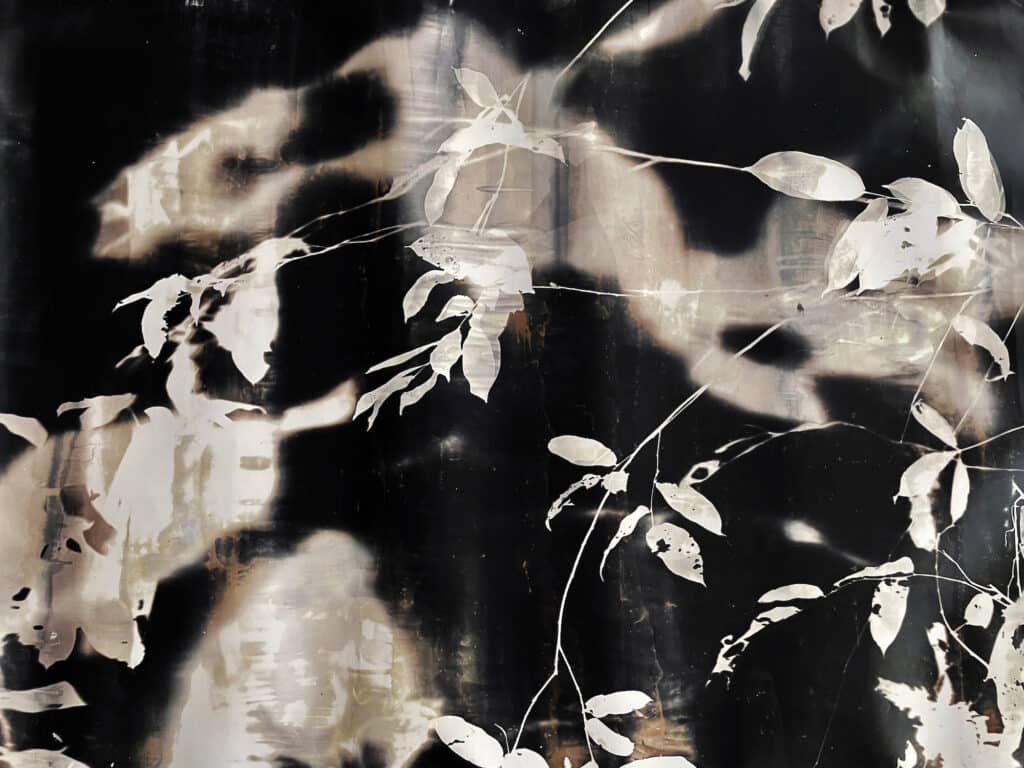
Also at La Croisière, Maciejka Art’s collages bring to the fore issues ranging from feminism and colonialism to maternity. In drawings and color photographs, the artist celebrates femininity in all its aspects. Her Hoja Santa [Holy Leaf] series tells the story of a trip to Mexico’s Costa Chica. Like Roberto Huarcaya’s, Maciejka Art’s images take an anthropological look at traditional cultures that have survived despite globalization.
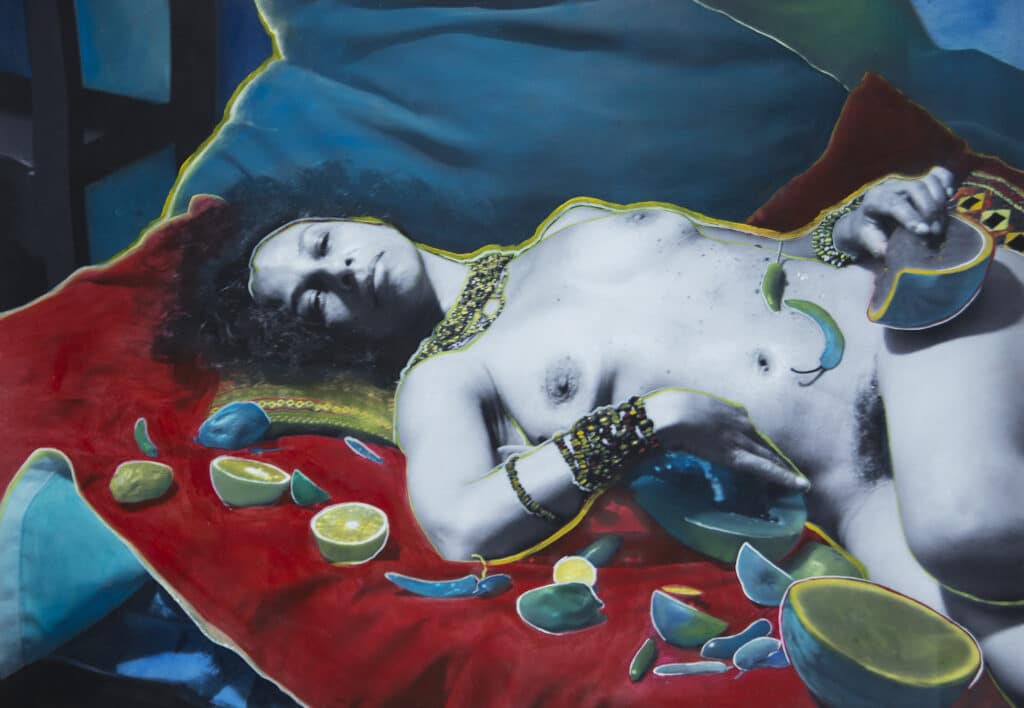
On the trail of the Anthropocene
Asking questions about the future also means examining our past. Juliette Agnel traveled to a place steeped in the mystery and magic of our origins: to the interior of the Earth. Exhibited in Arles’s cryptoporticos, a new festival venue, the images take on their full meaning in underground galleries dating back to antiquity: they take us into a world of prehistoric rocks, vaults, and caves.
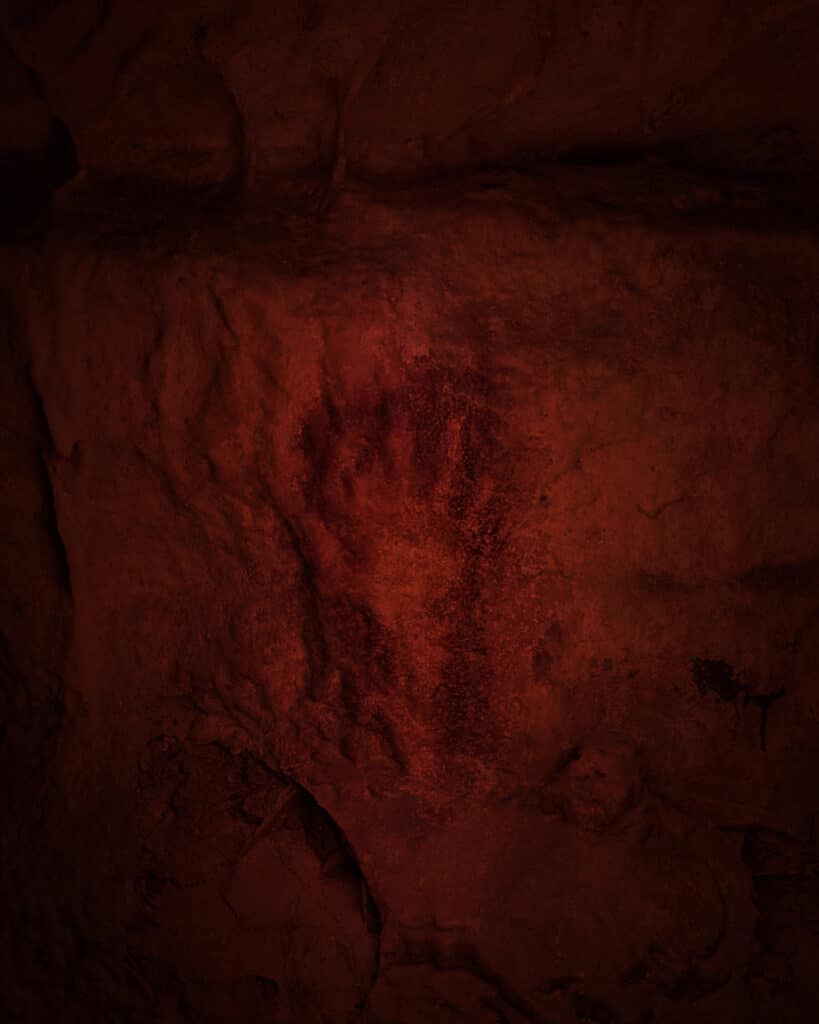
Our common heritage is not only nestled deep in the earth’s core. It is engraved on a golden vinyl in orbit. The so-called “Golden Record” was sent into space by NASA in 1977 aboard the Voyager 1 and 2 probes, and it contains a visual and sound archive of human civilizations. Ninety minutes of music, greetings in fifty-five languages, 116 images, and twelve minutes of sounds from Earth have been orbiting some 19 billion km from the Sun for the past forty-six years. What if these terrestrial archives were to fall into the hands of an extraterrestrial life form? That is precisely what Garush Melkonyan has imagined. Two years of work, notably on the “Golden Record” archives, yielded Cosmovisión.
This science-fiction film depicts extraterrestrials discovering Earth, with only the famous Golden Record to guide them. “What interested me was that these documents paint only a partial picture of our civilization. They offer an image of the world side by side with a utopia of which man is the glorious architect,” explains the filmmaker. “To make humans the center of everything is perhaps to forget that this position implies a hold on nature, a large-scale transformation of the environment, and an often-violent domestication of living beings.” What if this living heritage contains the seeds of its future destruction?
Les Rencontres d’Arles, from July 3 to September 24.

